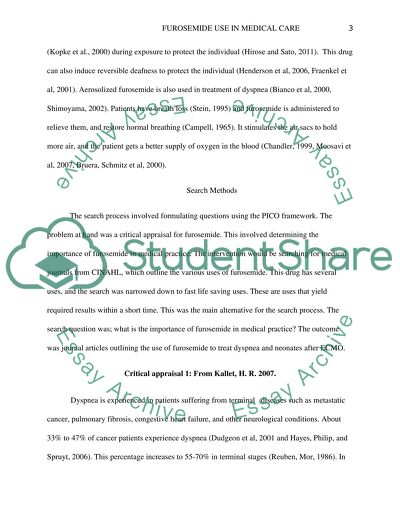Cite this document
(“Furosemide Use in Medical Care Essay Example | Topics and Well Written Essays - 2000 words”, n.d.)
Retrieved from https://studentshare.org/health-sciences-medicine/1452561-furosemide-use-in-medical-care
Retrieved from https://studentshare.org/health-sciences-medicine/1452561-furosemide-use-in-medical-care
(Furosemide Use in Medical Care Essay Example | Topics and Well Written Essays - 2000 Words)
https://studentshare.org/health-sciences-medicine/1452561-furosemide-use-in-medical-care.
https://studentshare.org/health-sciences-medicine/1452561-furosemide-use-in-medical-care.
“Furosemide Use in Medical Care Essay Example | Topics and Well Written Essays - 2000 Words”, n.d. https://studentshare.org/health-sciences-medicine/1452561-furosemide-use-in-medical-care.


